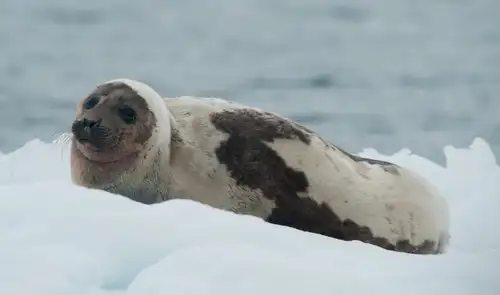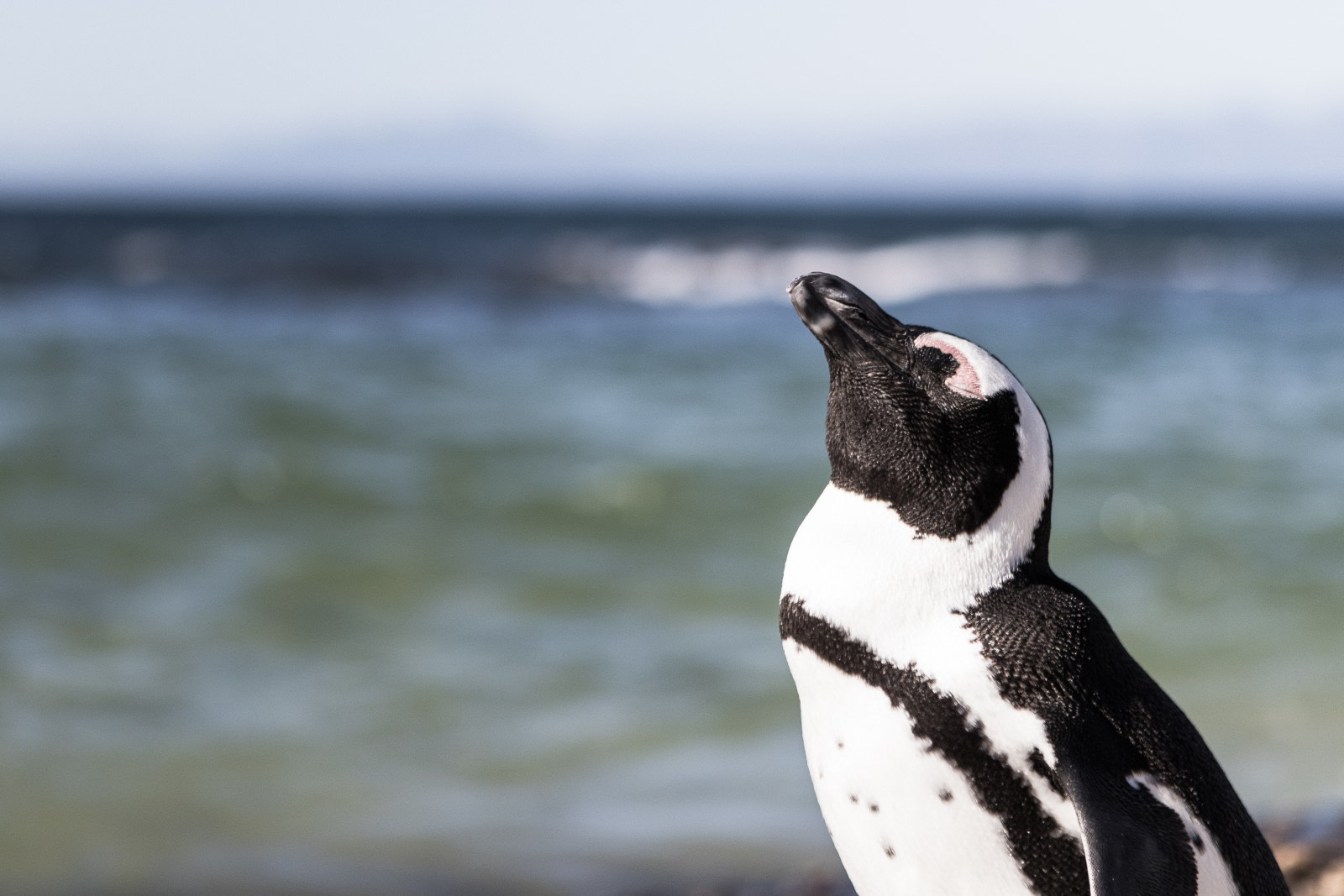While the north and south poles share certain characteristics, they are also remarkably distinct. Both regions are cold and dry, yet each has its own unique terrain and climate. The Antarctic is particularly harsh and inhospitable, with only two native vascular plant species, whereas the Arctic tundra supports a wider range of fauna due to its relatively warmer temperatures and greater plant diversity. Here are some of the animals you can find in the Arctic compared to the Antarctic.
Animals in the Antarctic
Approximately 98% of the south pole is covered in ice, making survival challenging for most life forms on the continent. The absence of rivers and vegetation further contributes to the region's inhospitable nature. However, wildlife can still be observed in certain areas, particularly along warmer coastlines where densely populated colonies thrive. The limited plant life means there are few herbivores, but the sea provides sustenance for various creatures that live on land. Common Antarctic animals include:
- Emperor Penguins: The largest penguin species, standing up to four feet tall and weighing as much as 90 pounds.
- Southern Elephant Seals: The largest of their kind, with males weighing up to 8,000 pounds and reaching lengths of 15 feet.
- Leopard Seals: Known for their distinctive spotted appearance, these predators feed on fish, penguins, and even seal pups.
Life on the Arctic Tundra
In contrast to the Antarctic, the Arctic supports a wide variety of flora and fauna. Instead of a solid ice sheet, much of the Arctic is covered in permafrost—a thick layer of frozen soil. While this permafrost prevents some plants from growing, many others thrive in this environment. The treeless tundra is home to nearly 2,000 species of smaller shrubs, sedges, grasses, mosses, liverworts, alpine-type flowering plants, and lichens. Rivers flowing through the region also help sustain life. The Arctic's more forgiving climate allows for a diverse range of animals, including:
- Polar Bears: The largest bear species, weighing up to 1,500 pounds and primarily feeding on seals.
- Musk Ox: Grazing animals that have been nearly hunted to extinction but still have small populations in the Arctic tundra.
- Reindeer: These animals also inhabit the tundra and travel great distances throughout the year.
- Narwhal: Known for its single horn, this creature feeds on fish, squid, and shrimp.
The North Pole and the South Pole, while sharing some similarities, are vastly different in many respects. The Antarctic is cold and unforgiving, home to only the hardiest sea mammals, whereas the Arctic can support more herbivores and land-based wildlife. Despite the extreme conditions at the Earth's poles, an impressive level of biodiversity can be found in both regions. Photo credit Noah Holm / Unsplash
Blog


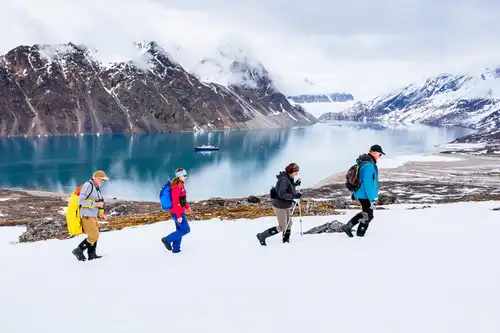
Around Spitsbergen vs. North Spitsbergen
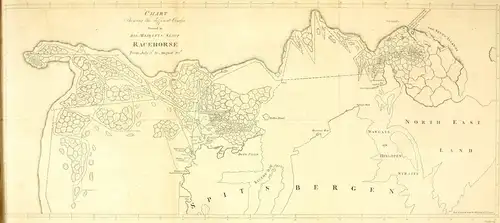
First to the North Pole: Five Failed but Brave Expeditions
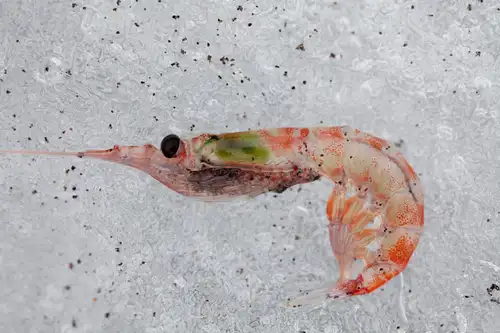
Life in the Polar Regions

9 Facts about the Greenland Shark
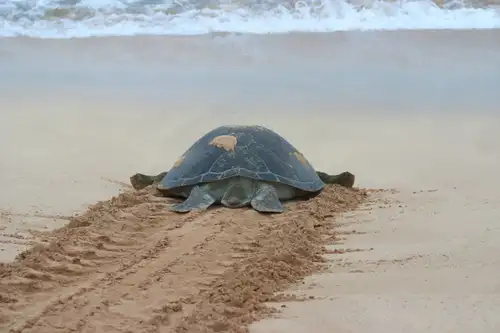
The Overlooked Treasures of Ascension Island
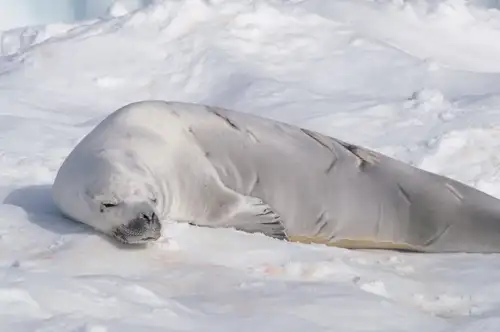
Six Facts About the Crabeater Seals of Antarctica
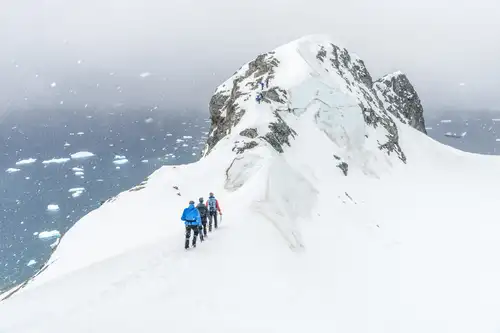
The Ins, Outs, and Ups of Polar Mountaineering & Ski Mountaineering
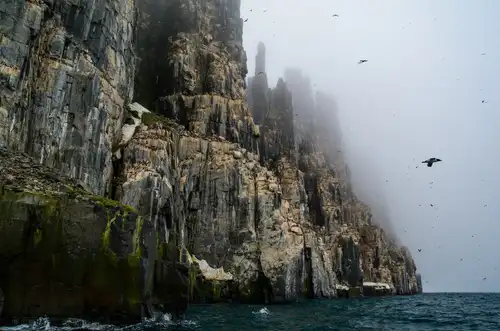
Spitsbergen: Alkefjellet magic
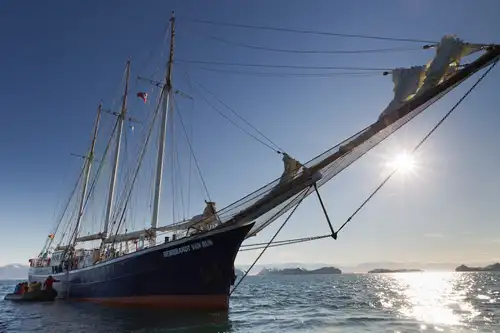
Ancient Arctic Exploration
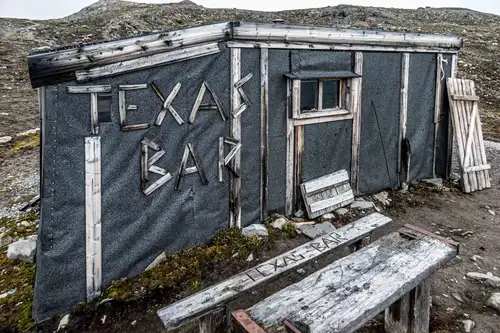
Svalbard’s Texas Bar
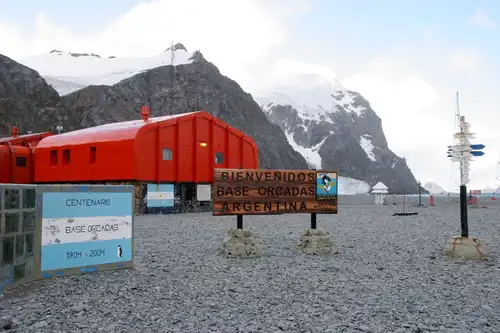
A Look Into the International Research Stations of Antarctica
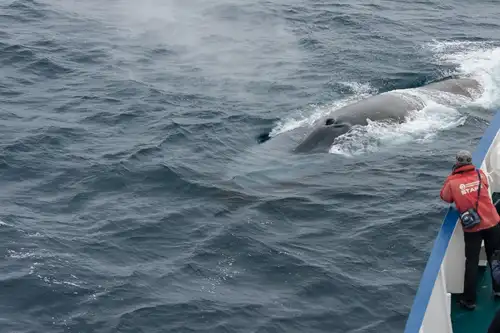
10 Bountiful Blue Whale Facts
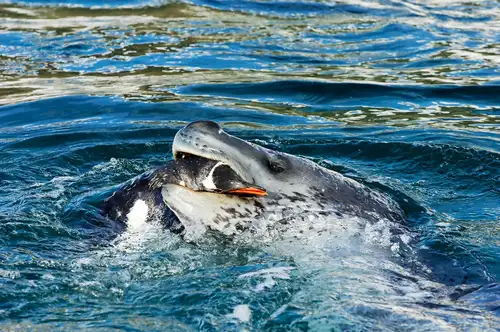
The Wildlife of Antarctica’s Seas and Skies
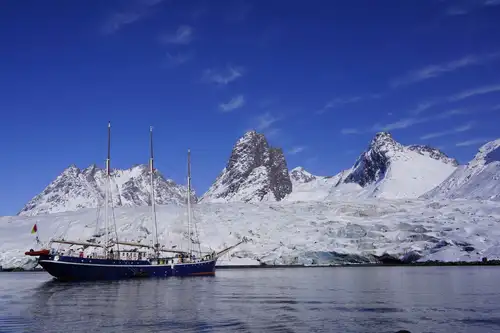
5 Misconceptions You Might Have About Greenland
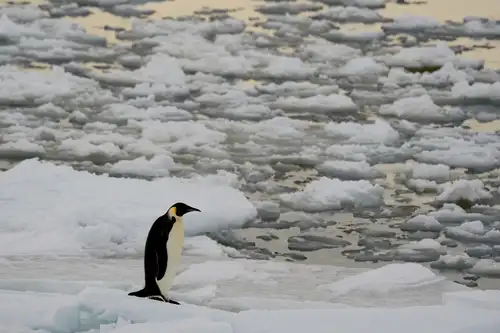
The Ways and Wildlife of the Weddell Sea

Two for the Snow: Polar Cruises for Couples

Antarctica’s Hourglass Dolphin
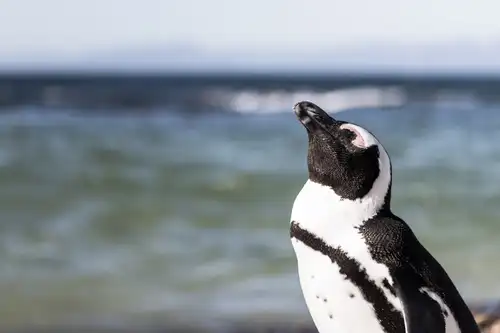
How Arctic Wildlife Differs from Antarctic
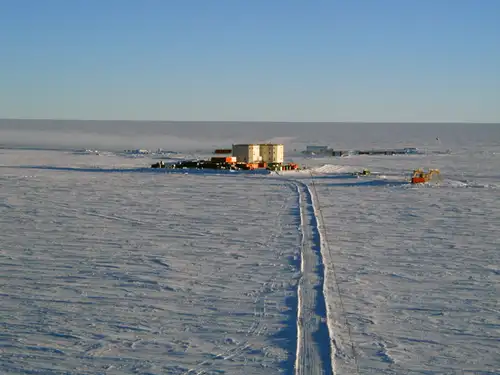
Day and night in Antarctica
